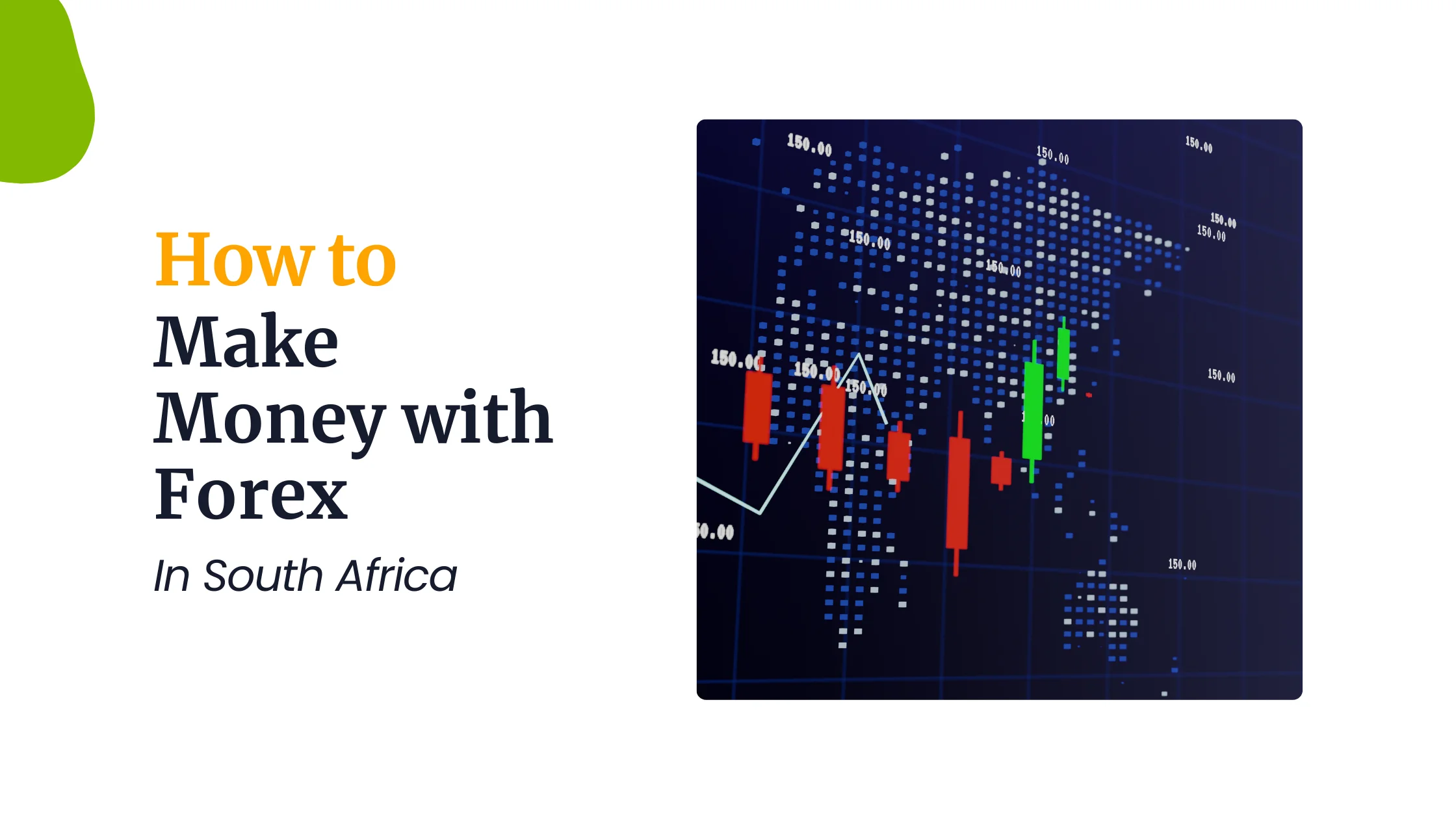Are you an artist looking to showcase your talent and sell your paintings in South Africa?
In this comprehensive guide, we will explore the ins and outs of selling your artwork to galleries in the vibrant South African art scene.
From understanding the market to preparing your artwork for sale, approaching galleries for representation, navigating the submission process, and promoting your artwork beyond galleries, we’ve got you covered.
So, let’s dive right in!
Table of Contents
Overview of the South African Art Market
The South African art market has historically been dominant in the African continent, but in recent years, west Africa has increased its market share from 28% to 41%, challenging South Africa’s dominance.
Despite this, the South African art market has thrived due to a more mature art ecosystem and the production of artists of extraordinary ability who have managed to grab attention worldwide and address contemporary issues in a thought-provoking and enduring way.
Some of the artists whose secondary markets are gaining traction include:
- Amoako Boafo
- Cinga Samson
- Igshaan Adams
- Yinka Shonibare
- Michael Armitage
The secondary market in South Africa is also healthy, with multiple artists achieving sales records.
Auction sales of African art increased by 44% in 2021, amounting to $72 million.
The South African art market is centered in Cape Town and Johannesburg, and a report on pricing and patterns in the market is available.
And the modern and contemporary African art market is at an all-time high, with artists from Western and Southern Africa accounting for 48% of the top 30 artists.
Key Players in the South African Art Scene
South Africa is home to many influential art galleries, auction houses, art fairs, and art institutions.
These establishments play a crucial role in shaping the art market and can provide valuable opportunities for emerging artists.
Some notable players in the South African art scene include the Goodman Gallery, Everard Read, Stevenson, and the Zeitz Museum of Contemporary Art Africa.
a). The Goodman Gallery
The Goodman Gallery, founded in 1966, has been at the forefront of promoting progressive and socially engaged art in South Africa.
It has showcased the works of renowned artists such as William Kentridge and David Goldblatt, who have used their art to challenge societal norms and spark conversations about politics, race, and identity.
b). Everard Read
Everard Read, established in 1913, is one of the oldest commercial art galleries in South Africa.
With a focus on representing both established and emerging artists, Everard Read has been instrumental in nurturing and promoting local talent.
The gallery’s commitment to showcasing diverse artistic styles and mediums has made it a prominent player in the South African art scene.
c). Stevenson
Stevenson, founded in 2003, has gained recognition for its support of contemporary South African art.
The gallery represents a roster of talented artists who explore various themes and mediums, pushing the boundaries of artistic expression.
Stevenson’s commitment to fostering dialogue and experimentation has made it a vital platform for emerging voices in the South African art scene.
d). The Zeitz Museum of Contemporary Art Africa
Located in Cape Town, the Zeitz Museum is a groundbreaking institution that has transformed the contemporary art landscape in South Africa.
Housed in a repurposed grain silo, the museum showcases the works of African artists, providing a platform for their voices to be heard on a global stage.
With its commitment to inclusivity and representation, the Zeitz Museum has become an essential destination for art enthusiasts and collectors alike.
Current Trends in South African Art
The South African art scene is dynamic and constantly evolving.
To better connect with potential buyers and galleries, it’s crucial to stay informed about the latest trends in the industry.
From vibrant abstract paintings to thought-provoking conceptual art, exploring the various genres and themes can help you find your niche and resonate with the audience.
- Abstract art, with its emphasis on color, form, and emotion, continues to captivate audiences in South Africa. Artists like Esther Mahlangu and Sam Nhlengethwa have gained international recognition for their abstract works, which draw inspiration from traditional African aesthetics and contemporary influences.
- Conversely, conceptual art challenges traditional notions of art by prioritizing ideas and concepts over aesthetics. Artists such as Mary Sibande and Athi-Patra Ruga have used conceptual art to explore themes of identity, gender, and post-colonialism, provoking thought and sparking conversations about social issues.
- Photography also plays a significant role in the South African art scene, with artists like Zanele Muholi and Pieter Hugo capturing powerful images that confront societal norms and shed light on marginalized communities. Their works serve as visual testimonies, inviting viewers to reflect on the complexities of South African society.
Staying attuned to these trends and engaging with the South African art scene helps you to confidently navigate the market and find your place in this vibrant and ever-evolving creative landscape.
Preparing Your Artwork for Sale to Galleries in South Africa
Once you have a solid understanding of the South African art market, it’s time to prepare your artwork for sale.
Presentation and professionalism are key in catching the attention of galleries and potential buyers.
Let’s take a closer look at two crucial aspects of preparing your artwork: creating a cohesive collection and pricing your artwork.
#1. Creating a Cohesive Collection
A cohesive collection showcases your artistic vision and demonstrates your versatility as an artist.
Consider the theme, style, colors, and mediums that tie your artwork together.
Galleries in South Africa are often interested in representing artists who can present a unified body of work that tells a story or evokes a particular emotion.
When creating a cohesive collection, it’s important to think about the narrative you want to convey through your artwork.
Are you exploring a specific concept or idea?
Is there a common thread that connects all your pieces?
Having a clear vision for your collection can create a more impactful and memorable experience for your audience.
One approach to achieving cohesiveness in your collection is to experiment with different mediums and techniques while maintaining a consistent style.
This allows you to showcase your versatility as an artist while still maintaining a unified aesthetic.
For example, you could combine oil paintings, mixed media collages, and sculptures to create a diverse yet cohesive collection.
Another aspect to consider when creating a cohesive collection is the use of color.
Think about how color can evoke different emotions and set the tone for your artwork.
You may choose to use a specific color palette throughout your collection to create a sense of harmony and unity.
#2. Pricing Your Artwork
Determining the right price for your artwork can be a challenging task.
Balancing your artistic worth with market value requires careful consideration.
Research similar artists and their pricing to gain insights into the market.
Remember, it’s essential to price your artwork competitively while being mindful of the quality and uniqueness of your paintings.
When pricing your artwork, take into account factors such as the size of the piece, the complexity of the artwork, the materials used, and your level of experience as an artist.
These factors can influence the perceived value of your artwork and help you determine a fair price.
Consider the current demand for your style of artwork and how it compares to other artists in the market.
If you are just starting out as an artist, you may need to price your artwork slightly lower to attract buyers and build your reputation.
As you gain recognition and your artwork becomes more sought after, you can gradually increase your prices.
It’s also worth considering offering different price points for your artwork.
This allows you to cater to a wider range of buyers, from first-time art collectors to seasoned enthusiasts.
By offering a variety of sizes or limited edition prints, you can make your artwork more accessible to different budgets without compromising its value.
Remember, pricing your artwork is not a one-time decision. It’s important to regularly evaluate and adjust your prices based on market trends, demand, and the growth of your artistic career.
Approaching Galleries for Representation
Now that your artwork is ready to shine, it’s time to find the perfect gallery to represent you.
Approaching galleries can be nerve-wracking, but you can increase your chances of success with the right preparation.
Let’s delve into the steps you can take to approach galleries for representation effectively.
a). Researching Potential Galleries
Thorough research is the foundation of a successful gallery approach.
Look for galleries that align with your artistic style and the themes present in your artwork.
Visit their websites, attend gallery openings, and follow them on social media to better understand their preferences and the artists they represent.
Here are some of the most popular galleries in South Africa:
There are many popular art galleries in South Africa, including:
In Johannesburg:
– Johannesburg Art Gallery (JAG)
– Goodman Gallery
– Stevenson Gallery
– African Craft Market of Rosebank
In Cape Town:
– AVA Gallery
– Zeitz Museum of Contemporary Art
– The Iziko South African National Gallery
– Everard Read Gallery
Other notable galleries in South Africa:
– Dylan Lewis Sculpture Garden in Stellenbosch
– Grand Provence Estate in Franschhoek
These galleries showcase a range of contemporary and traditional art from South African and international artists, and are worth checking out for anyone interested in the South African art scene.
b). Crafting a Compelling Artist Statement and Portfolio
Your artist statement and portfolio are vital tools for making a lasting impression on gallery owners.
Craft a compelling artist statement that communicates your artistic vision and the message behind your artwork.
And curate a portfolio that showcases your best pieces, giving gallery owners a glimpse into your talent and potential.
c). Navigating the Gallery Submission Process
Once you have identified potential galleries, it’s time to navigate the submission process.
This stage can be intimidating, but you’ll be well-prepared with a clear understanding of gallery contracts and some tips for a successful interview.
d). Understanding Gallery Contracts
Before signing a contract, it’s crucial to read and understand its terms and conditions.
Seek legal advice if necessary to ensure that you fully comprehend your rights and obligations.
Take note of commission rates, payment terms, and the duration of the representation agreement. Negotiation is often possible, so don’t be afraid to advocate for fair terms.
Tips for a Successful Gallery Interview in South Africa
An interview with a gallery can be a make-or-break moment in your journey to sell paintings.
Approach the interview with confidence and professionalism.
Be prepared to discuss your artistic process, inspirations, and goals.
And be open to critique and suggestions from the gallery owner, as they can provide invaluable insights to help you grow as an artist.
Promoting Your Artwork Beyond Galleries
Selling your artwork doesn’t stop with gallery representation.
To reach a broader audience and increase your chances of success, explore additional avenues for promoting your paintings.
Let’s discover two effective strategies: participating in art fairs and exhibitions and leveraging social media.
#1. Participating in Art Fairs and Exhibitions
Art fairs and exhibitions provide excellent opportunities to showcase your artwork to a wider audience, including collectors, art enthusiasts, and industry professionals.
Research and identify relevant events to participate in, considering factors such as the attendee profile, location, and reputation.
Remember to present your artwork professionally and engage with visitors to make lasting connections.
#2. Leveraging Social Media for Art Promotion
In today’s digital age, social media platforms offer artists a powerful tool to connect directly with art lovers and potential buyers worldwide.
Create a compelling online presence by sharing high-quality images of your artwork, documenting your artistic journey, and engaging with your audience.
Platforms like TikTok, Instagram, Facebook, and Pinterest can help you build a strong brand and attract attention from galleries and buyers alike.
With these insider tips and strategies, you can now sell paintings to South African galleries.
Remember, perseverance and a passion for your craft are essential ingredients for success.
Embrace the challenges, stay true to your artistic vision, and let your paintings captivate the hearts of South African art enthusiasts.
Related:









